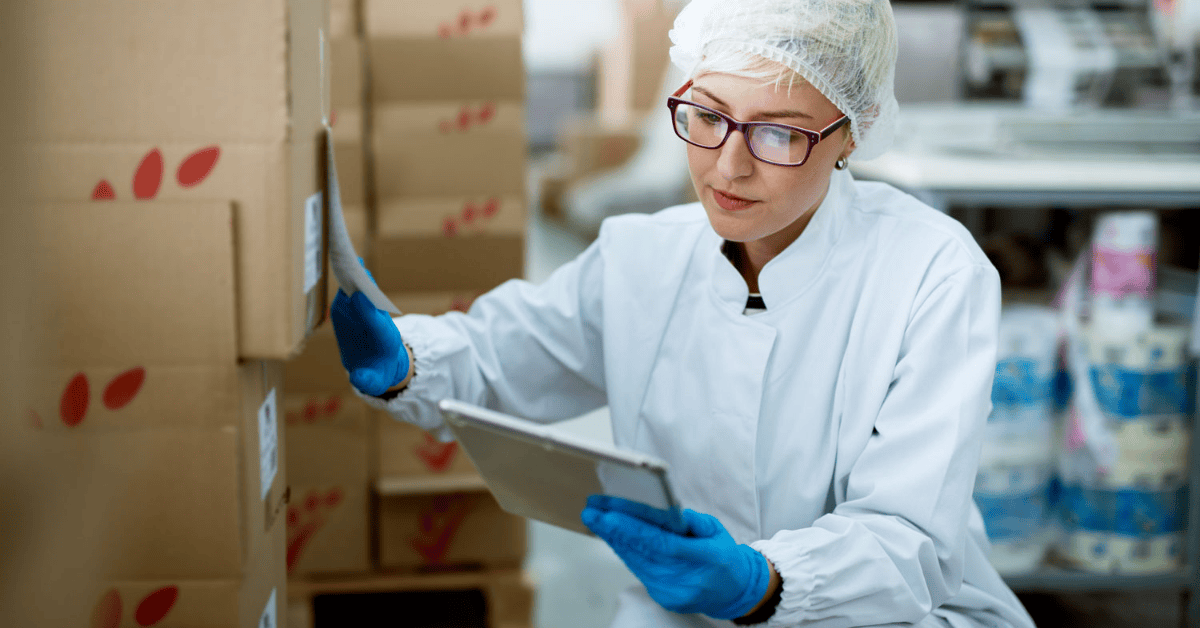Tips for Moving Your Medical Lab Facility

There is a lot is at stake when it comes to moving a medical laboratory. Often, the work in your facility is irreplaceable, so there is little room for error.
Whether you are growing, downsizing or renovating, your relocation will require a coordinated effort between your staff and your moving partner. Here are 10 tips for ensuring that your relocation goes smoothly:
1. Leave nothing to chance.
Many experts estimate that planning to relocate a laboratory facility can take six months or more, so start preparing for your move immediately. Downsizing to a smaller facility will require even further planning to determine what will fit in your new space. The sooner you start planning out your move, the more time your relocation partner will have to accommodate your needs.
2. Open a line of communication with your team.
Communicate to your internal team about the relocation and what it will require. If anyone will not be relocating with you to your new space, identify how those personnel changes will affect your move and future operations. Everyone in your lab should receive a specific notice about their role in the preparations, even if their task is something as small as cleaning a single piece of equipment.
3. Choose a moving partner with lab-relocation experience.
Finding the right moving partner is key to a successful relocation. When you are researching potential partners, look for companies that have prior experience moving laboratories. Not everyone has the skill set or expertise to complete these specialty moves. Armstrong – Raleigh has helped private, public and educational laboratories successfully relocate, and we know that the process requires keen attention to detail. Our team is certified to handle the complexities involved in packing, moving and setting up your equipment.
4. Inventory your equipment and materials.
Take stock of everything you have in the lab. Which materials have special needs, like temperature requirements, that your mover will need to be aware of? Armstrong – Raleigh can provide a relocation that is temperature-controlled and time-sensitive Talk to your Armstrong coordinator about what your move will need.
5. Get the proper permits for the relocation.
If you have chemical, hazardous or radioactive materials in your laboratory, you will need to obtain some special permits before you can relocate. For example, the Department of Transportation and the Environmental Protection Agency offer specific guidance for how to move or dispose of hazardous materials. This step may take a while, so start contacting the appropriate agencies as soon as possible.
6. Disinfect and decontaminate before packing.
Before your moving partner arrives to transport your equipment, you should decontaminate everything in the lab. When you move out of your old facility, you will need to completely decommission your old space, including decontaminating it. Armstrong – Raleigh can help with the decommissioning process by liquidating, donating, recycling or disposing of unwanted furniture and equipment.
7. Carefully label and itemize everything.
We recommend leaving the bulk of the packing to your moving partner. However, if you decide to do some of the packing yourself, make sure you label everything with a clear coding system that is easy to understand. On the label of each, include some of the basic information about what is inside, what kind of environment the contents need during the move and where they will be located in the new lab.
8. Prepare backups of your data servers.
To minimize the risk of moving your data, make sure that you backup everything in a secure secondary server. This ensures that you can rest easy on moving day, knowing that your valuable work, research and files are easily accessible to you.
9. Make sure your new location has the right specifications.
Take a trip to your new facility to make sure that everything is ready for you. Does your space have the proper controls for temperature and humidity? Is it ready with a secure Internet connection? Do you need to buy any more safety equipment? Set up as much of the new lab now as you can so you can get back to work more quickly after the move.
10. Update your new lab with all appropriate safety requirements.
After the move, double-check that all your materials are accounted for and in secure containers. Take the time to post the necessary safety signage on all doors, such as notice that your lab contains live animals or radioactive materials. Then, check for any overlooked safety hazards, like overloaded power strips.
Relocating a laboratory requires a moving professional who will take the time to understand you and your needs. For a partner who cares, call Armstrong – Raleigh today at 919.425.9853.
